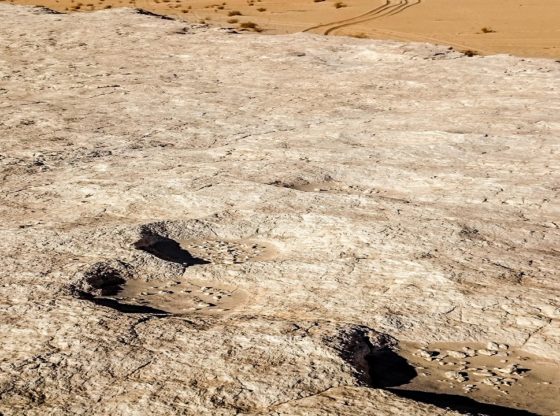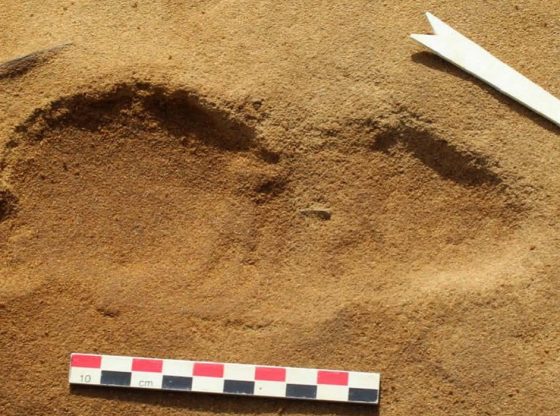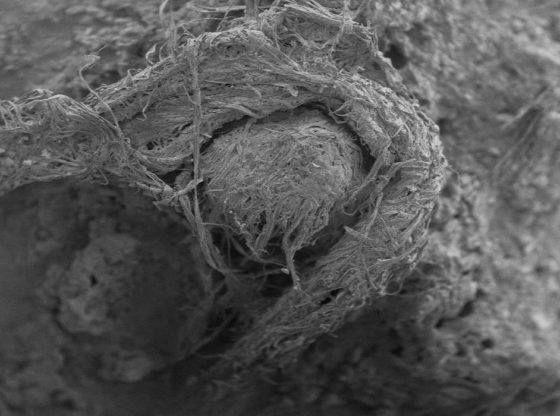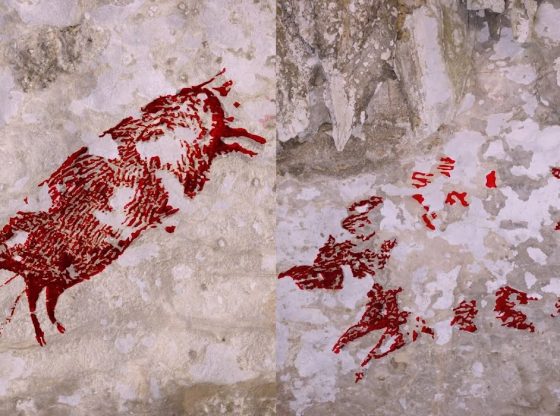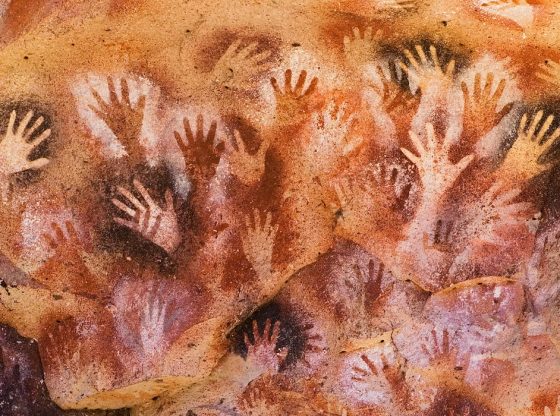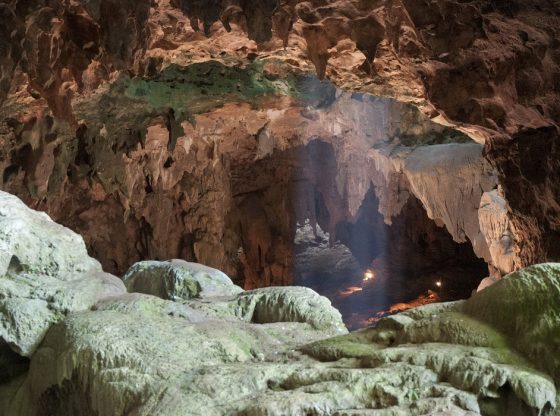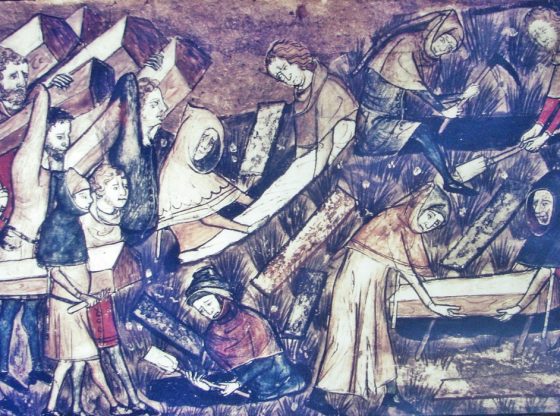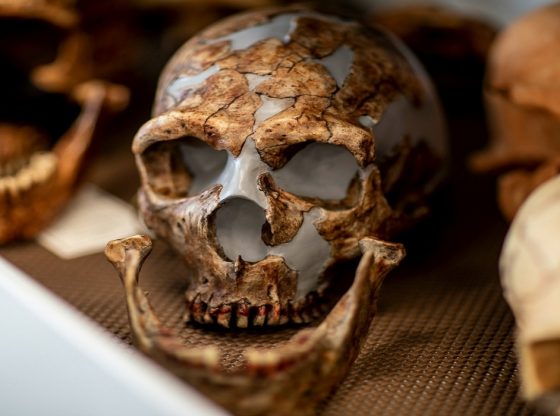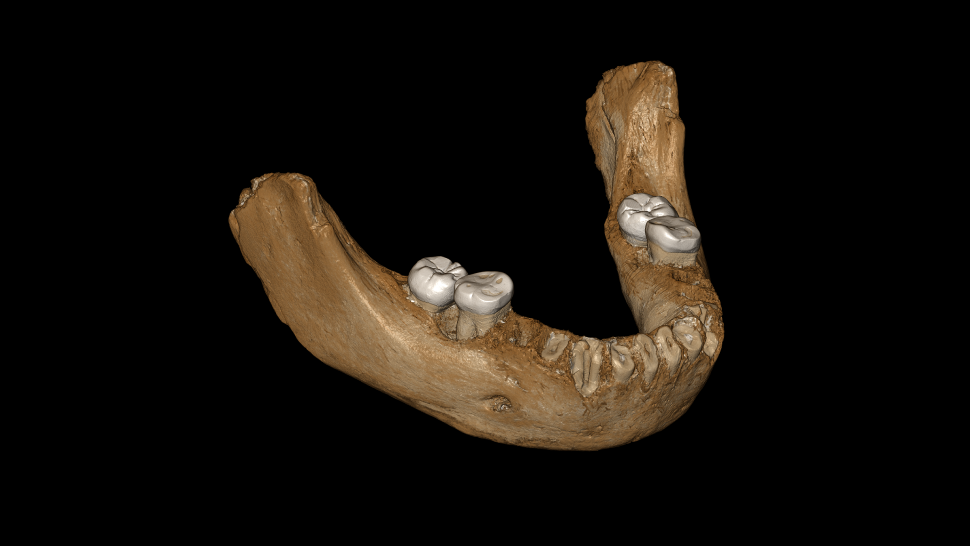
In 2010, researchers reported that they had extracted the genome sequence from a finger bone found in Denisova Cave in southern Siberia. The bone belonged to an enigmatic new hominin group designated the Denisovans.
Researchers are now reporting the discovery of a 160,000-year-old Denisovan jawbone pulled from a cave on the Tibetan Plateau. The fossil is now the first evidence of this mysterious human species outside of Siberia and is also the earliest evidence of a hominin presence in this part of the world.
The research team has analyzed a 160,000-year-old hominin mandible from Xiahe in China. Using ancient protein analysis, they found that the mandible’s owner belonged to a population that was closely related to the Denisovans from Siberia.
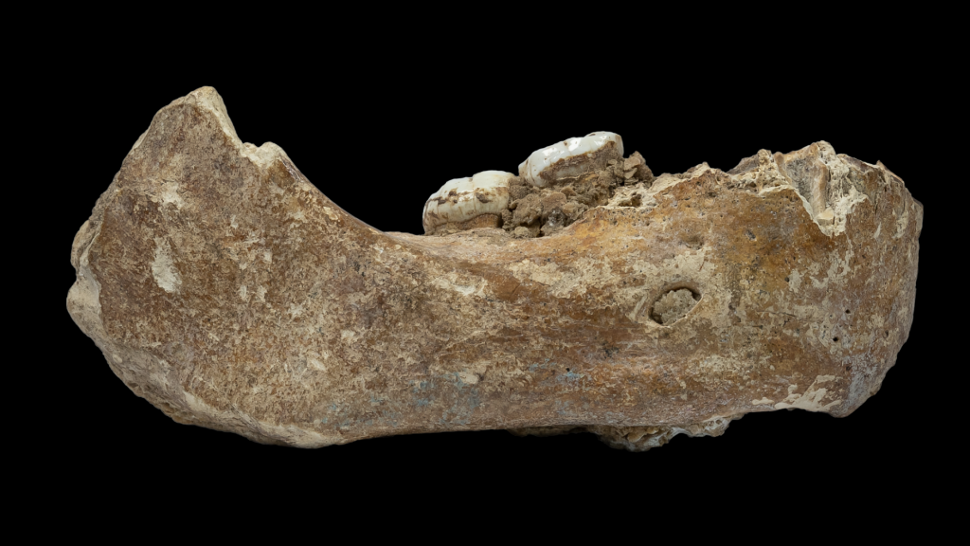
This population seems to have occupied the Tibetan Plateau in the Middle Pleistocene and was adapted to this low-oxygen environment long before Homo sapiens arrived in the region.
The Denisovans are considered a sister group to Neanderthals (H. neanderthalensis), both are thought to have evolved from a shared ancestral human species.
This new Denisovan finding on the high plateau 4,500 meters (15,800 feet) and the recent discovery of a petite human species in the Southeast Asian islands, shows human evolution was far more complicated than we thought.
The sequencing of the genome of Denisovans revealed them to be close cousins to Neanderthals: the two species are both known to have lived in the environs of the Denisova cave, and even interbred.
“We have H. erectus – that was around probably 2 million years ago – groups of hominin Denisovans… then our species. Each time there was a little bit of admixture and replacement,”
– Palaeoanthropologist Jean-Jacques Hublin from the Max Planck Institute for Evolutionary Anthropology in Germany explains in a press briefing on the findings.
The fossil jawbone was originally discovered in 1980 by a local monk who donated it to the 6th Gung-Thang Living Buddha who then passed it on to Lanzhou University. Researchers Fahu Chen and Dongju Zhang from Lanzhou University have been studying the area of the discovery and the cave site from where the mandible originated, since 2010.
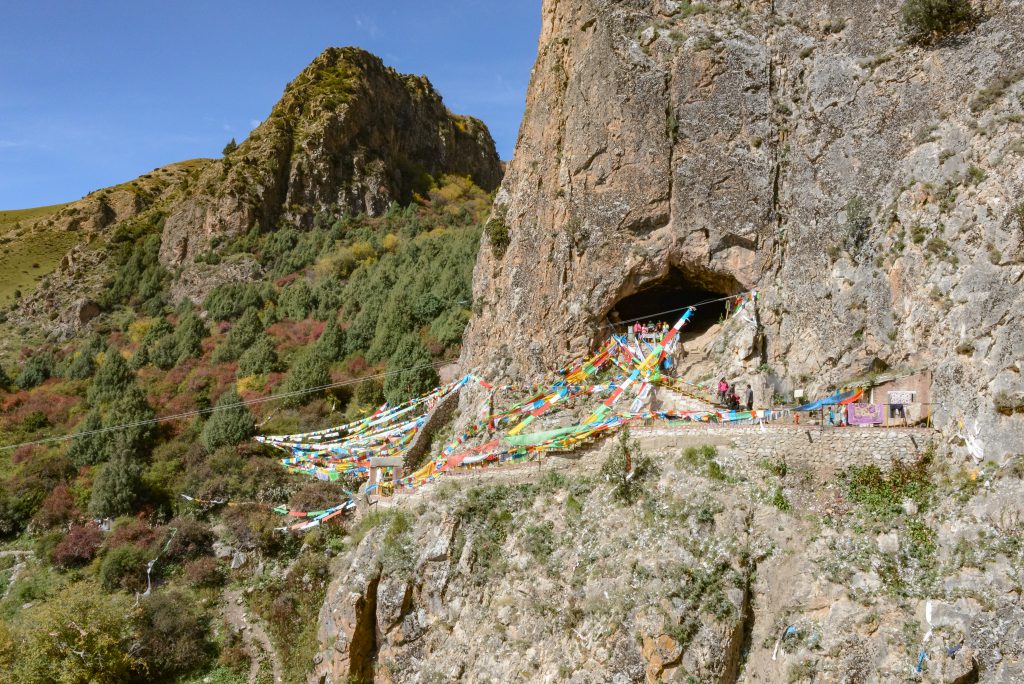
Little remains have been divorced and most of what we know about Denisovans so far has come from DNA, sequenced in 2010 from the bones in the Altai Mountain cave. The DNA revealed an interesting gene variant, or mutation, called EPAS1, which has been linked to the Himalayan people’s ability to withstand hypoxia, the low-oxygen conditions found at high altitudes – inherited from the ancient hominin.
Jean-Jacques Hublin explained that living in such challenging, high-altitude environments was thought to have been achieved only by modern humans like us, around 40,000 years ago.
“Until today, nobody ever imagined that archaic humans were able to dwell in such an environment,”
“Denisovan-related populations probably lived for a long time in the Tibetan Plateau, and for this reason, such a mutation became fixed in these fossil hominins and later passed on to modern invaders,”
– Hublin said.
Radioisotope dating of the newfound jaw placed it at around 160,000 years old. In contrast, the oldest evidence of H. sapien at these extreme altitudes had been dated to around 30,000 to 40,000 years ago.
“Archaic hominins occupied the Tibetan Plateau in the Middle Pleistocene and successfully adapted to high-altitude low-oxygen environments long before the regional arrival of modern Homo sapiens,”
– Archaeologist Dongju Zhang from Lanzhou University in China.
Scientists have found genetic overlap between the Denisovan genome and that of some present-day East Asians, and, in particular, a group of Pacific Islanders living in Papua New Guinea, known as the Melanesians. It appears the Denisovans contributed between 3 to 5 percent of their genetic material to the genomes of Melanesians.
The new study has been publsiehd in the scientific journal Nature.
Reference:
Fahu Chen et al. A late Middle Pleistocene Denisovan mandible from the Tibetan Plateau doi: 10.1038/d41586-019-01310-7



